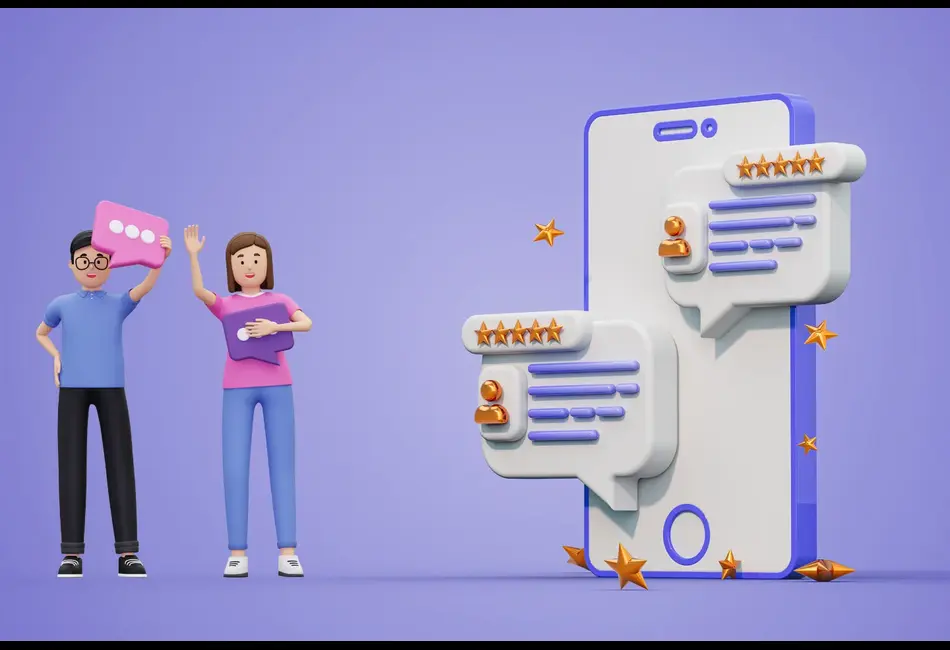From asking Alexa for weather updates to chatting with a support bot on a banking app, intelligent virtual assistants have become part of our daily lives. But the real innovation lies not just in automating simple tasks – it’s in creating meaningful, dynamic conversations between machines and people.
In business, this shift is redefining how brands engage with customers. Companies are increasingly adopting conversational AI assistants to boost service quality, streamline operations, and personalize user experiences at scale. But what’s behind the buzz – and how do these systems actually work?
What Is Conversational AI?
To understand the technology, we first need to answer a common question: what is conversational AI?
In simple terms, conversational AI refers to technologies that allow computers to simulate real, human-like conversations using natural language processing (NLP), machine learning, and deep learning algorithms. It powers tools like chatbots, virtual agents, and voice assistants across a range of industries.
Unlike basic rule-based bots that follow scripts, conversational AI systems can:
- Understand the context and intent behind a user’s message
- Carry out multi-turn dialogues
- Learn from interactions and improve over time
- Switch between topics without losing coherence
In other words, they don’t just respond – they understand.
The Rise of Conversational AI Assistants in Business
The concept of a conversational AI assistant goes beyond automated FAQs. These systems are now being used to handle complex customer service queries, manage appointments, offer product recommendations, and even assist in HR or IT departments internally.
Use Cases Across Industries
| Industry | Application Example |
| E-commerce | Personalized shopping guides and order tracking |
| Healthcare | Scheduling appointments and providing symptom checkers |
| Banking | Assisting with account info, transactions, fraud detection |
| Travel | Booking flights, hotels, and sending real-time updates |
| SaaS | Onboarding users, technical support, billing queries |
These assistants can interact via websites, apps, messaging platforms (like WhatsApp or Facebook Messenger), or even voice channels – offering round-the-clock support without additional human resources.
Why Customers Prefer AI-Powered Conversations
A report by PwC shows that 43% of consumers prefer to solve issues without talking to a human, provided the technology delivers an accurate solution. Here’s why conversational AI wins:
1. Instant Responses
Unlike human agents who are limited by time and workload, AI assistants reply instantly – reducing wait times and improving satisfaction.
2. 24/7 Availability
AI never sleeps. Customers get help whenever they need it, across time zones.
3. Consistency and Accuracy
AI delivers the same quality of service every time, reducing human error or variability.
4. Multilingual Support
Modern systems can converse in multiple languages, expanding access to global audiences.
Statistics That Highlight the Growth of Conversational AI
The adoption of conversational AI is growing at an impressive rate:
- 86% of companies say AI will be a “mainstream technology” in their customer service departments by 2027 (Gartner).
- The global conversational AI market is projected to grow from $10.7 billion in 2023 to $29.8 billion by 2028 (MarketsandMarkets).
- AI-driven chatbots are expected to handle 75–90% of healthcare and banking queries by 2030.
These numbers reflect more than hype – they signal a foundational change in how we interact with digital systems.
Behind the Scenes: How Conversational AI Assistants Work
Here’s a simplified look at how an AI assistant processes a query:
- Input: The user types or says something (e.g., “Where’s my order?”)
- Intent Recognition: The system identifies the user’s intent – tracking an order.
- Entity Extraction: It pulls key data (e.g., order number, user ID).
- Processing: It queries a backend system (e.g., shipping database).
- Response Generation: It composes a response like, “Your order is out for delivery and will arrive today by 6 PM.”
- Learning: The assistant records this interaction to improve future responses.
Advanced systems also use sentiment analysis to gauge user emotions, adjusting tone accordingly.
Challenges and Limitations
Despite rapid improvements, conversational AI is not without its hurdles:
- Misunderstanding complex or nuanced queries
- Difficulty with slang, idioms, or sarcasm
- Dependence on high-quality training data
- Concerns over data privacy and compliance (e.g., GDPR)
These challenges are being addressed through better training models, human-in-the-loop systems, and hybrid approaches where AI assists – but doesn’t fully replace – human agents.
Future Outlook: What’s Next?
As conversational AI becomes more advanced, we’ll likely see:
- Emotionally intelligent assistants that can detect frustration or happiness
- Voice-first platforms integrated with smart devices
- Hyper-personalized AI that tailors every message to user behavior and preferences
- Conversational commerce, where the entire shopping journey happens in chat
With tech giants and startups alike investing heavily in this space, the future of business communication is clearly conversational – and intelligent.
Conclusion: Embracing the Human-AI Partnership
Conversational AI assistants are not here to replace human interaction – they’re here to enhance it. By taking over repetitive tasks, answering common questions, and working tirelessly around the clock, they allow human teams to focus on what truly matters: empathy, strategy, and complex problem-solving.
In a world where customer experience is the new currency, leveraging conversational AI is no longer a “nice to have” – it’s a competitive advantage. Those who embrace it now will be the ones setting new standards for engagement, efficiency, and innovation.
